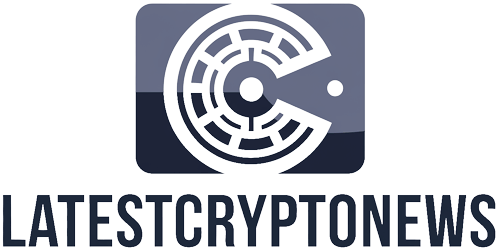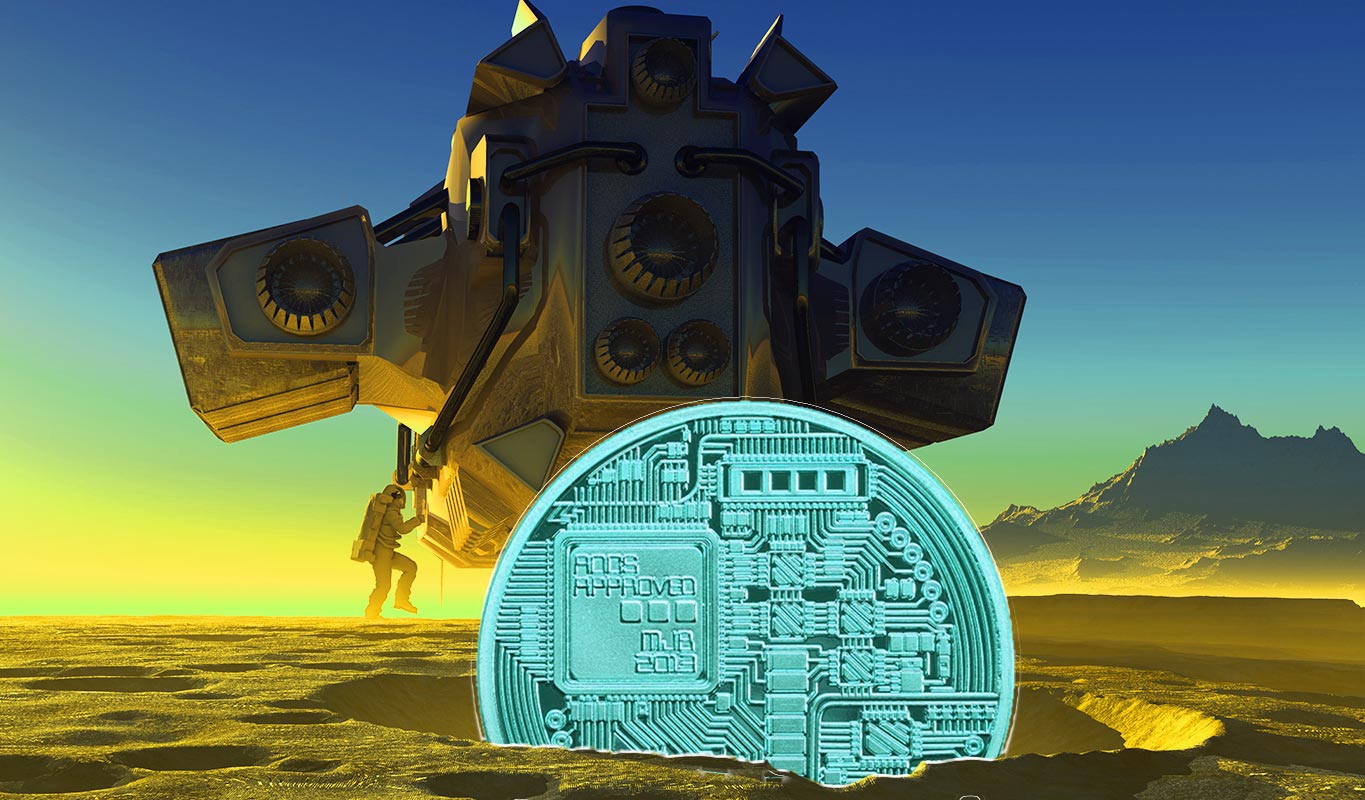HodlX Guest Post Submit Your Post
In recent months, AI (artificial intelligence) workloads have gone from theoretical benchmarks to real-time economic pressure on global infrastructure.
From language models serving millions of queries per hour to diffusion models requiring vast GPU clusters for inference, the strain on power grids and compute resources is accelerating.
Surprisingly, the infrastructure best positioned to absorb this load isn’t housed in Silicon Valley or hyperscale server farms but in mining data centers.
From PoW (proof-of-work) to generative AI
Cryptocurrency mining centers were built on the premise of high-density, power-intensive computation optimized for efficiency, uptime and thermal control.
These are the same foundations required for modern AI.
But there’s a critical difference while mining processes are relatively bursty and can be interrupted without business loss, AI workloads are sustained, precision-driven and delay-sensitive.
This contrast presents an opportunity.
By upgrading cooling systems particularly through immersion and liquid-based technologies and optimizing power distribution infrastructure, mining data centers can become hybrid environments.
They can run crypto mining when energy costs are low and switch to AI inference jobs when GPU demand spikes.
Emerging orchestration platforms, combined with AI-specific scheduling tools, allow dynamic switching between tasks.
These tools have demonstrated up to 27 to 33% improvement in job completion times and 1.53x reductions in queuing delays.
The economic layer is equally compelling if AI demand is monetized through inference marketplaces, mining operations may find it more profitable to rent compute power than to mine certain assets.
Some mining centers already experiment with FPGA-based setups, which are ASIC-resistant and natively suitable for AI training.
This opens the door to full interoperability where the same infrastructure processes both PoW blocks and transformer models, depending on market conditions.
When scale becomes a liability
Despite its early lead in AI investment, the US faces a looming infrastructure wall. In Virginia, data centers consume more than 25% of the state’s electricity.
In Santa Clara, over 50 data centers now draw 60% of the city’s total power usage, forcing Silicon Valley Power to drastically expand its transmission systems raising rates for both industrial and residential users.
Numerous research show that global electricity demand could more than triple by 2030, largely due to AI.
If these projections hold, the US will need not just additional power but smarter load balancing strategies which traditional hyperscale AI facilities, tied to rigid uptime SLAs, are poorly suited for.
To meet this soaring demand, the US must rapidly diversify its energy sources.
Scaling up renewables including utility-scale solar, wind and hydropower will play a critical role.
Yet these sources are inherently intermittent, creating volatility on the grid. This is where mining data centers offer a surprising stabilizing advantage.
Designed with demand-flexible architecture, they can pause or throttle operations based on grid load, absorbing excess generation during peak renewable output and scaling down during low-production periods.
In Texas, this flexibility has already led to collaborative load-shedding agreements between mining operations and grid operators, positioning these facilities as extremely valuable in next-generation power management.
Alternative strategies are also emerging. Electricity imports from Canada, especially through HVDC (high-voltage direct current) lines tapping into hydroelectric power, are under active exploration.
On the domestic front, SMRs (small modular reactors) represent a promising path.
Developed by several firms and already approved by US regulators, SMRs offer safe, decentralized nuclear power ideal for pairing with regional AI hubs and compute-heavy facilities.
The next AI frontier
Bitcoin mining has acted as the early mover in this trend. Yet the real story isn’t just about mining it’s about what comes next.
Mining infrastructure is paving the way for AI to compute at scale.
These facilities are testing grounds where local talent is trained, operational processes are refined and regulatory pathways are explored.
With modest hardware upgrades and improved connectivity, many mining centers could pivot to support AI workloads, offering a low-latency, cost-efficient backbone for global model inference.
The door to full interoperability
What’s needed is a reframing of what data center infrastructure should look like in the AI era.
Rather than defaulting to hyperscalers, the future may be modular, flexible and geographically distributed, led by hybrid centers that know how to manage thermal loads, optimize for cost per watt and shift operational models in real time.
Batyr is the founder and CEO of Uminers, a full-cycle mining infrastructure provider. He has deep background in data center development, cryptocurrency mining and AI-driven technologies.
Follow Us on Twitter Facebook Telegram

Disclaimer: Opinions expressed at The Daily Hodl are not investment advice. Investors should do their due diligence before making any high-risk investments in Bitcoin, cryptocurrency or digital assets. Please be advised that your transfers and trades are at your own risk, and any loses you may incur are your responsibility. The Daily Hodl does not recommend the buying or selling of any cryptocurrencies or digital assets, nor is The Daily Hodl an investment advisor. Please note that The Daily Hodl participates in affiliate marketing.
Featured Image: Shutterstock/iurii/Vladimir Sazonov


